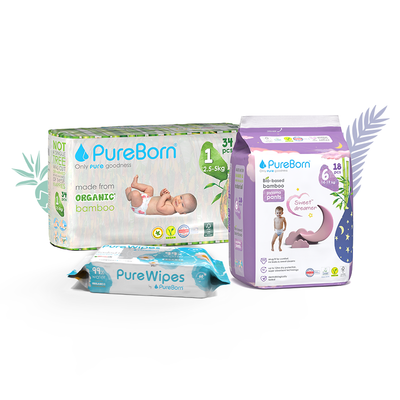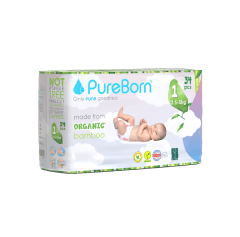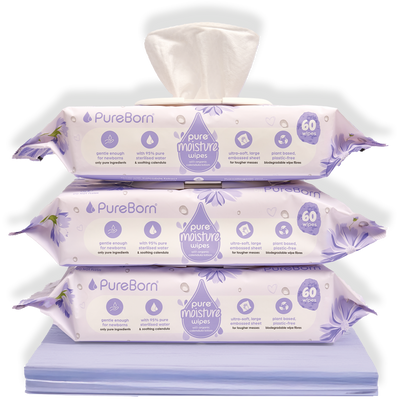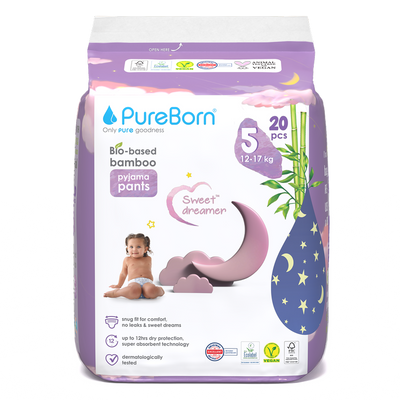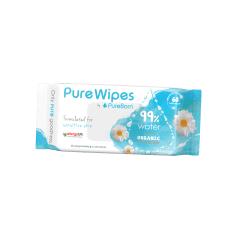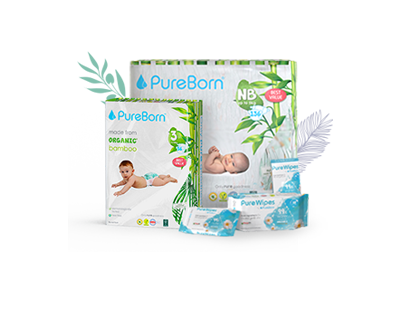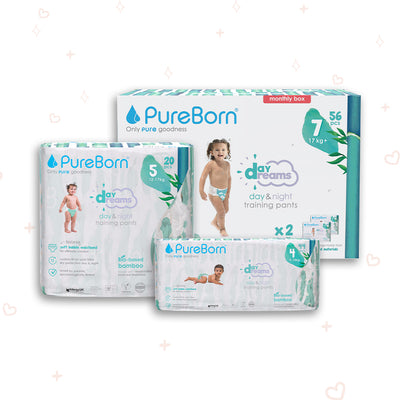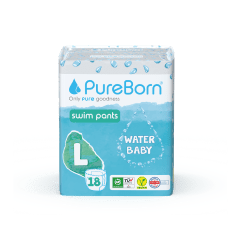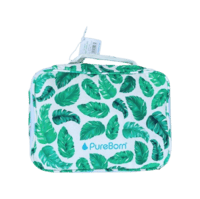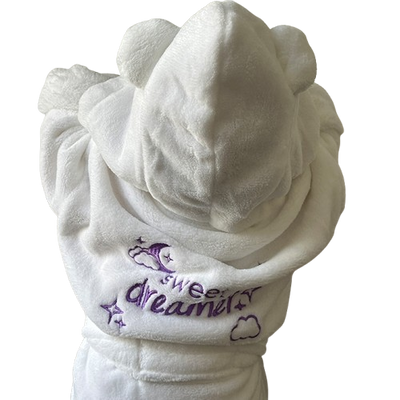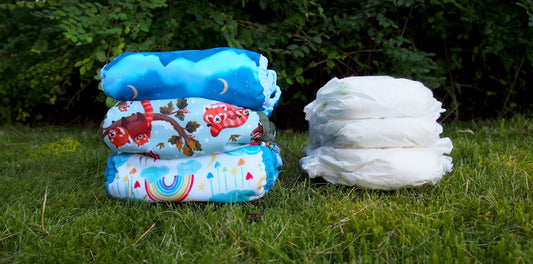Table of Contents
- Understanding Baby Nappy Materials
- Disposable Nappies: The Convenience Factor
- Plastic Backing
- Wood Pulp
- Super Absorbent Polymers (SAP)
- Cloth Nappies: The Eco-Friendly Alternative
- Cotton
- Hemp
- Organic Bamboo Nappies
- Hybrid Nappies: The Best of Both Worlds
- Disposable Inserts
- Washable Covers
- Comparative Analysis of Nappy Materials
- Making the Best Choice for Your Baby
- Environmental Impact of Nappy Choices
- The Future of Baby Nappies: Innovations and Trends
- From Comfort to Eco-Conscious Choices
Frequently Asked Questions
1. What are the main types of baby nappies?
2. What are the benefits of using organic bamboo nappies?
3. What materials are commonly used in disposable nappies?
4. What should I consider when choosing a nappy for my baby?
5. How long does it take for disposable nappies to decompose?
Choosing the right nappy for your baby can be a daunting task, especially when you’re faced with a variety of materials that promise different benefits. With a growing number of parents opting for more sustainable and eco-friendly options, it becomes increasingly important to compare the materials used in baby nappies to find the best fit for both baby and environment. In this article, we’ll explore the most common materials used in baby nappies, the pros and cons of each, and why organic bamboo nappies are becoming a popular choice among parents.
Understanding Baby Nappy Materials
Baby nappies are primarily made from a variety of materials designed to provide comfort, absorbency, and moisture management. The main categories of nappy materials include:
- Disposable Nappies
- Cloth Nappies
- Hybrid Nappies
Within these categories, various materials are utilized for different functions. Let’s dive into the most common materials to help you understand their benefits and drawbacks.
Disposable Nappies: The Convenience Factor
Disposable nappies are often the go-to for busy parents who need convenience. They are generally made from a combination of plastic, wood pulp, and super absorbent polymers. Let’s break down some key materials used:
Plastic Backing
The outer layer of disposable nappies is typically made from a form of plastic, which serves to keep moisture inside and prevent leakage. However, this can be a downside from an environmental standpoint as plastic takes hundreds of years to decompose.
Wood Pulp
Wood pulp is often used for its absorbency. It can quickly absorb and distribute liquids, making it effective for keeping your baby dry. Still, it’s important to note that sourcing wood pulp is not always sustainable.
Super Absorbent Polymers (SAP)
These are synthetic materials that increase the absorbency of disposable nappies. While they effectively absorb and trap moisture, they are not biodegradable, raising concerns about their environmental impact.
Cloth Nappies: The Eco-Friendly Alternative
Cloth nappies are shifting into the spotlight as a more eco-friendly alternative to disposables. They are made from natural or synthetic fibers. Here are some commonly used materials in cloth nappies:
Cotton
Natural cotton is soft, breathable, and a popular choice for cloth nappies. It’s hypoallergenic and allows good airflow, which is fantastic for your baby’s skin. However, not all cotton is organic, and conventional cotton farming can involve pesticide use, which may pose risks.
Hemp
Hemp is another natural fiber gaining popularity. Hemp cloth nappies are highly absorbent and are known for their durability. They can withstand multiple washes without losing effectiveness. However, they can sometimes be less soft compared to cotton options.

Organic Bamboo Nappies
Among cloth nappy options, organic bamboo nappies are rapidly becoming known for their incredible softness and absorbency. Bamboo is naturally hypoallergenic and antibacterial, making it a perfect choice for babies with sensitive skin. The process of growing organic bamboo also requires less water and fewer resources compared to traditional cotton, aiding its eco-friendly credentials.
Hybrid Nappies: The Best of Both Worlds
Hybrid nappies combine elements from both disposable and cloth nappies, typically featuring a washable outer layer and disposable inserts. This allows parents to enjoy the convenience of disposables while still being eco-conscious.
Disposable Inserts
The disposable inserts used in hybrid nappies often incorporate similar materials to traditional disposable nappies, including super absorbent polymers. While they offer convenience, they also inherit the environmental concerns that come with plastics.
Washable Covers
The outer washable covers can be made from cotton, polyester, or even bamboo blends. These materials offer the benefit of being reusable, cutting down on waste.
Comparative Analysis of Nappy Materials
It’s clear that there are significant differences in the materials used for baby nappies, and with these differences come various pros and cons. Here’s a neat comparison:
| Material | Pros | Cons |
|---|---|---|
| Disposable (Plastic/Polymer) | High absorbency, convenient | Not biodegradable, environmental concerns |
| Cotton | Soft, breathable, hypoallergenic | May use pesticides if not organic |
| Hemp | Durable, highly absorbent | Less soft compared to cotton |
| Organic Bamboo | Soft, absorbent, hypoallergenic, eco-friendly | May be higher in price |
| Hybrid (Washable Covers & Disposable Inserts) | Convenient, less waste than disposables | Environmental concerns with inserts |
Making the Best Choice for Your Baby
When selecting the right nappy for your baby, consider the following:
- Baby’s Skin Sensitivity: If your baby has sensitive skin or allergies, consider the hypoallergenic qualities of organic bamboo nappies.
- Convenience vs. Sustainability: If you’re always on the go, disposable might be your instant answer, but hybrid or cloth options can help reduce your environmental footprint.
- Budget: Assess how much you’re willing to spend. While cloth and organic options may have a higher upfront cost, they can save money in the long run.
Environmental Impact of Nappy Choices
Another aspect that continues to draw more parents toward organic options, like organic bamboo nappies, is sustainability. Disposable nappies take an estimated 500 years to decompose in landfills. In contrast, cloth nappies can be reused multiple times, minimizing waste. Bamboo grows rapidly and is a renewable resource, making organic bamboo nappies not only gentle on your child but also on the planet.
The Future of Baby Nappies: Innovations and Trends
The nappy market is always evolving, with new material innovations being introduced regularly. Companies are increasingly looking at eco-conscious practices in manufacturing to cater to environmentally-aware consumers. Here are some trends to watch for:
- Biodegradable Materials: New technologies are emerging that aim to create fully biodegradable disposable options.
- Enhanced Absorption Technologies: Enhanced super absorbent polymers that are more eco-friendly are in development.
- Reversible Nappies: Nappies designed to be reused and easily cleaned while reducing waste.
From Comfort to Eco-Conscious Choices
The journey of comparing different materials used in baby nappies reveals a landscape filled with options to fit various lifestyles and values. As parents, we play a pivotal role in our children's health and the planet’s sustainability. With choices like organic bamboo nappies, you can ensure your little one is comfortable while also making a positive impact on the environment. We hope this guide helps you navigate the world of baby nappies and find the best materials that cater to both your baby’s needs and your eco-conscious lifestyle.
As you make a decision, remember that whether you are drawn to the convenience of disposables, the sustainability of cloth, or the innovation of hybrids, what matters most is the health and happiness of your baby!


